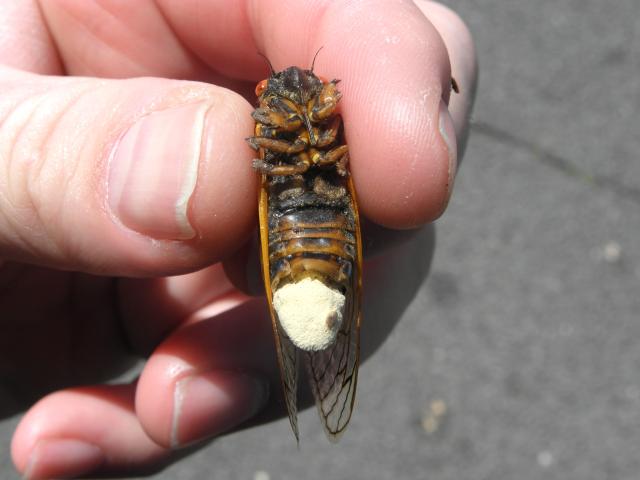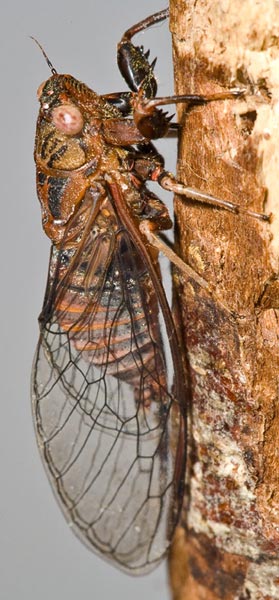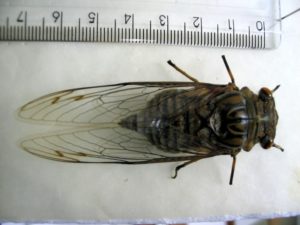There’s a new paper from Sarah E. Banker, Elizabeth J. Wade, and Chris Simon titled “The confounding effects of hybridization on phylogenetic estimation in the New Zealand cicada genus Kikihia”.
Here are the highlights:
- Tested validity of an unexpected “Westlandica” mitochondrial clade with nuclear loci.
- Phylogenetic signal and pattern differ dramatically among nuclear genes but always weak on South Island.
- No conflict between nuclear concatenation vs species trees from multiple methods.
- Three nuclear species trees support major North Island but not South Island mitochondrial clades.
Here’s the citation information:
Sarah E. Banker, Elizabeth J. Wade, Chris Simon, The confounding effects of hybridization on phylogenetic estimation in the New Zealand cicada genus Kikihia, Molecular Phylogenetics and Evolution, Volume 116, November 2017, Pages 172-181, ISSN 1055-7903, https://doi.org/10.1016/j.ympev.2017.08.009.
(https://www.sciencedirect.com/science/article/pii/S1055790317302348)


